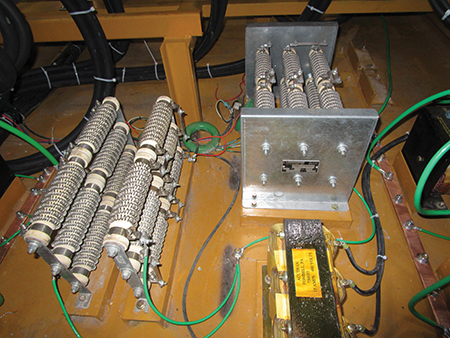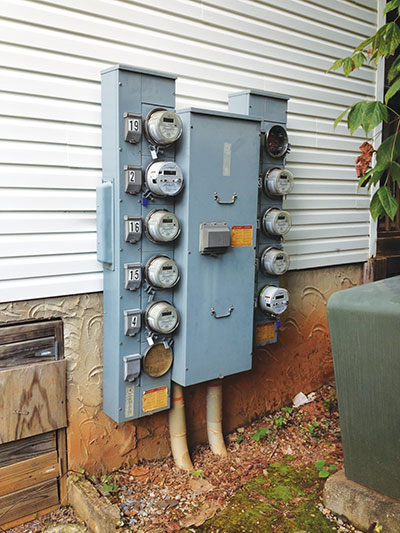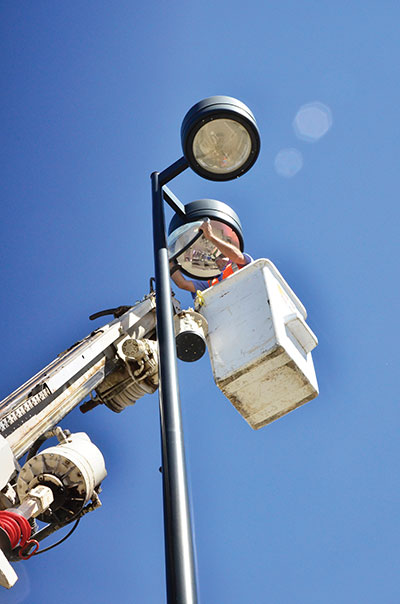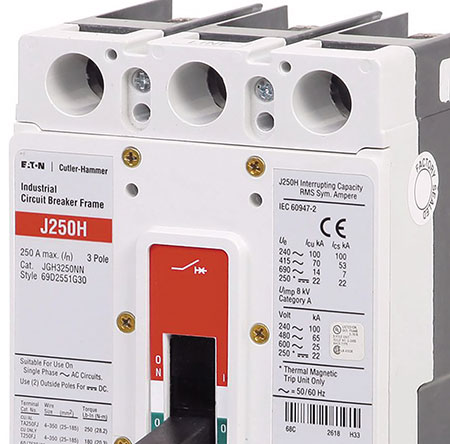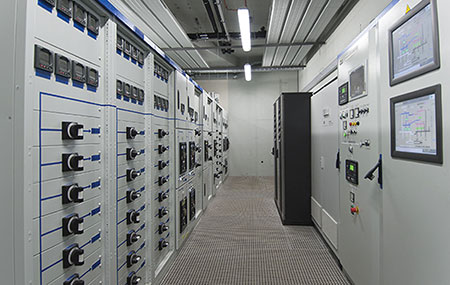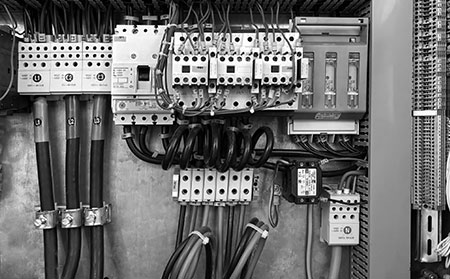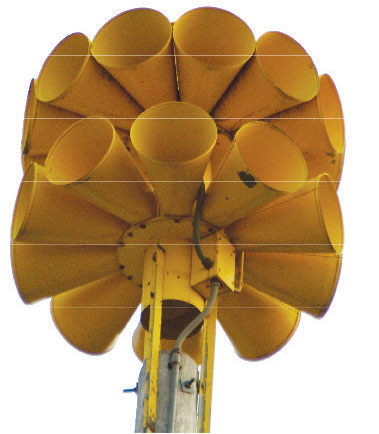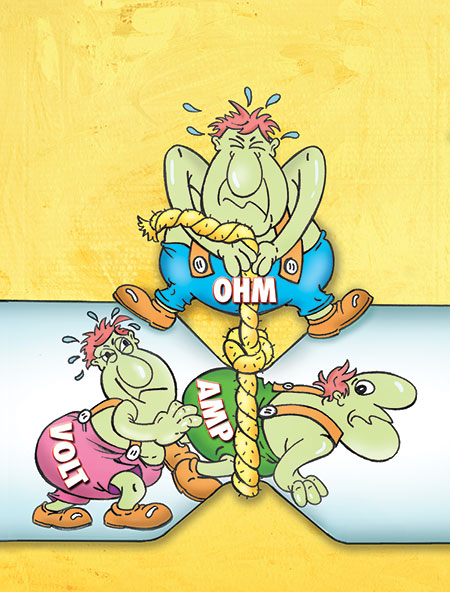In this article, we will discuss the fundamentals of bonding and grounding. To start, we should get an understanding of the difference between bonding and grounding.
A firm understanding of the basic principles associated with series and parallel circuits is a sufficient background to begin an investigation of any single-source DC network having a combination of series and parallel elements or branches.
Consider an effort in 2016 to get back to the basics of electrical distribution system design whether it is residential, commercial or industrial. There is a lot that can be revisited.
Lighting and energy codes are adopted for buildings by cities, states and other government bodies based upon standards written by technical experts that are listed by the American National Standards Association (ANSI) and then are enforced by the building departments of those municipalities.
Service-entrance equipment can present unique challenges when it comes to proper application of electrical equipment. The service point is the point of demarcation between utility and premise wiring.
Selective coordination is often referred to simply as coordination. Coordination is defined in NEC® 240.2 as: “The proper localization of a fault condition to restrict outages to the equipment affected, accomplished by the choice of selective fault-protective devices.”
This procedure for troubleshooting open-circuit faults in the control circuit is designed to start in the middle of the problem area and give us the best idea of which direction to go. The control transformer is a good place to start since it is in the middle of the circuit and is part of the power and control circuits.
It is important that installers and inspectors have a working knowledge of electrical theory. Such knowledge is often vital in determining proper size of conductors for circuits of various loads.

